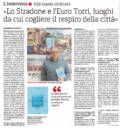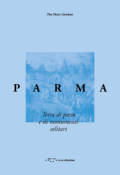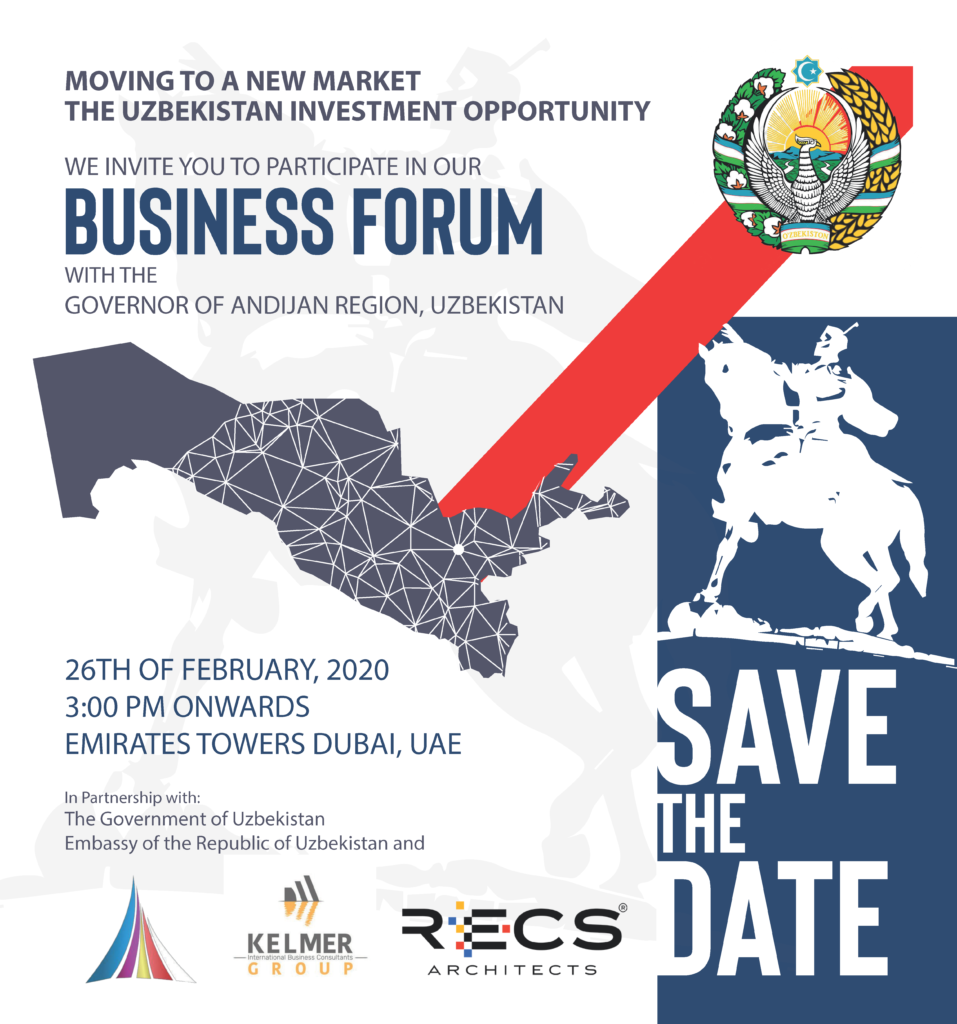nuovo progetto presentato all'amministrazione di Traversetolo
Recs recently presented a new project to the Administration of Traversetolo.
A new concept of public space that already promises to be a “case study”. Stay tuned!
Recs ha presentato in questi giorni un nuovo progetto alla Amministrazione di Traversetolo.
Un nuovo concetto di spazio pubblico che già si preannuncia come “case study”. Stay tuned!

From an architecture idea to storytelling on social media
Every great project in our daily life starts with an idea, with a story that we would like to tell. We all have that tale that has to be told, the same goes when we are about to create our commissioned project.
We start to create and think about what the narrative will be, what there will be behind our piece of work. But when it comes to marketing and social media, we need to swift our point of view and immerse ourselves in the people that will be part of our creation, our future architecture work.
Designing our creative masterpiece has to do with imagining how people will use the spaces given because it will be more than just space. Throughout movement and dynamicity, people will complete the story that you are going to build.
The foundations of storytelling with social media
Imagination will bring you all the creativity necessary to get a better picture and a broader view of the project. The vision will help you shape what you are going to talk about during the conversations you will have, you are not only going to be part of the dialogue but you educate the listener, the reader, the observer, the person that is paying attention to your idea.
Education about our project can be done in different manners, but for our digital world, we prefer to create beautiful images and resonant videos in order to communicate our ideas in a colourful way. Thus, social media is the perfect tool to converse with the community. For example, YouTube is the right platform to communicate with videos, that can be short or long (more than 20 minutes).
We advise you to go and subscribe to our YouTube channel.
People online are there to engage with what is their favourite interests, watch and consume what they like and for these reasons we have to give content that feeds their hunger for knowledge.
By creating visual content related to the project, you create support for your storytelling. As a matter of fact, the audience is hungry for information and is always looking for appealing content. Contributing with consistency you create your community that will be attached to the brand.
A community is formed by like-minded people, shaped around a way of thinking and the value offered. Communication is at his base, by educating with the creation of valuable content you gain exposure and engagement that can be used for spreading ideas and influence.
Cultivating a community is the essence of social media marketing because everything rotates around it. People curious about something are going to ask their fellow and go to specific communities to expand their knowledge. So, it is fundamental for the growth of any Brand, especially for the Architecture firm like ReCS Architects International.
Social Media in the Architecture world
Architects, engineers and designers can create stories throughout their projects in order to create a line of communication with future clients and to develop relationships. Answer questions and provide valuable information is the key to social sustainable growth.
Social media today is part of our daily life and this has a huge impact on what we do and how we perceive things around us. Thus, we, as creators, can create our future works for the pleasure of the eyes and for better social engagement. Tools like Instagram, Pinterest are a must when comes for reaching new people and spread our ideas.
These platforms are giving us so much and an easy way of telling our stories to the people that matter to us. Not being on the right platforms is a great loss of opportunities.
Be at the right place at the right moment
How many times did you hear this sentence? This applies also for social media, especially in the architecture sphere. The following is a list of places where ReCS Architects is:
- Instagram, is the right platform for visual photos, colourful and both complex and simple, and recently short videos;
- Linkedin, a professional environment for business communications;
- YouTube, for short and long videos;
- Facebook, a more friendly interactive community;
- Pinterest, a place to discover ideas.
Concluding our article, we can say that nowadays is fundamental to be part of the conversations of our people, the ones interested in Architecture and design. Because it is so connected with our daily life, we need to be present and give value to who is following.
The “Stradone” and the “Euro Torri”, places from which you can breathe the city
Parma in the history told through its monuments.
Parma in history, speaks through its architectures in the book “Parma: Terra di passo e di monumenti solitari” written by the architect Pier Maria Giordani (Lettere Ventidue editions, 168 pages, 16.50 euros) in which, the author explained how architecture can influence how we live in urban development.
This book is available in the library. Pier Maria Giordani, a PhD researcher in Architectural Composition at the University of Milan (Politecnico), analyzed some buildings in our territory that have become bearers of a general rule in the attempt to represent the core of the city. The book is a guide to discover the true "essence" of Parma, which, like many Italian cities (rebuilt or developed after the war) sometimes, remains unknown even to its inhabitants.
The co-founder, Giordani, has always been attached to his city, Parma, to which he dedicates this publication. The RECS Architects studio opened in 2011 in Parma, in which the architect Giordani is a co-founder. In 2017, the studio has also opened branches in Dubai and Sharjah in the U.A.E., Bello Horizonte in Brazil, Chengdu in China and recently in Mazara Del Vallo in Sicily. Recently the German Design Council awarded RECS Architects the prize “iconic Award 2019”. We asked him a few questions.
WHERE DID THE IDEA OF A BOOK ON PARMA AND ITS ARCHITECTURE COME FROM?
I was born in Parma, but the work led me to travel a lot, also because as a studio we also have offices in Dubai, Brazil, and China. The continuous contrast that I have experienced between these great metropolises, the human settlements, and our city has always been very passionate to me. I realized how often it happens that you live in a place but you do not know its secrets. When I was writing this book, I asked myself first, if there were any new things to tell: I tried to give the reader interesting ideas, even questionable, but new.
“TERRA DI PASSO E DI MONUMENTI SOLITARI”: WHAT ENCLOSES THIS TITLE?
I have taken up the statements of two important architects. Aldo Rossi had given a unique reading to Parma, like a city made of isolated monuments. Antonio Acuto, another great architect, former manager of the department of Architecture of the Polytechnic of Milan and great scholar of our territory (among other things, his son Federico signs the postface of the book, while the preface is curated by Aurelio Cortesi). He has been inspired by Leonardo’s observation of Piacenza and he had extended to the whole Emilia interpreting the cities as corridors that go towards the sea.
THE TEXT ROTATE AROUND TO THE ANALYSIS OF SOME BUILDINGS “BUILT OR IMAGINED” Do you give us an example?
In the book I wonder, why was born the “Stradone Farnesiano”, an architectural element that went beyond the city limits. A boulevard that respected the tradition of riding the carriage. Today we live the “Stradone”, we observe it, but we may not know these things.
In the book, I also examined the structure of another Parma, compared to what we know: the project of the invention of the ideal city of “Pallavicinia”, of Cortesi, Zermani, Cleri, and Curti, which develops around the castles of the Province.
THE BOOK IS ALSO A JOURNEY THROUGH SPECIFIC HISTORICAL PHASES, RIGHT?
I am talking about different Historical architectural period. On the “Roman time”, I did not give it much attention because it is quite well known. In the “Medieval time”, I remember how the Roman way of using the roads was completely abandoned for crossing the city from North to South (the Via Francigena gets the better on the Via Emilia).
In the “Ducal time” instead, I analyzed the way the city closed and everything was centralized. Finally, I examined the Parma-Colorno-Sala Baganza system of the 19th century. Besides, I have also analyzed two contemporary buildings such as the "Euro Torri" and the "Centro Torri", two architectures that look similar but that are very different.
WHAT AUDIENCE IS THIS BOOK FOR?
Not only for Architects but also for Parmesans who want to look more closely at their city and to know its secrets, through its architecture.
Parma. Citta’ di passo e di monumenti solitari
Pier Maria Giordani, CEO di RECS Architects, ha pubblicato con la prestigiosa casa editrice Lettera Ventidue di Siracusa il libro “Parma. Citta’ di passo e di monumenti solitari”. Un omaggio alla sua citta’ natale e una personale visione delle vicende storiche della citta’, mai descritte prima. L’introduzione e’ del pluripremiato Prof. Aurelio Cortesi, mentre la post fazione e’ di Federico Acuto, figlio dell’indimenticato Prof. Antonio Acuto.
Ecco un estratto del capitolo cinque che tratta dello “Stradone”:
[…] Vi è infine un’altra constatazione da
fare che è il valore rilevante che occupa lo
Stradone nel racconto urbano di Parma,
inteso come rappresentazione costruita di
un rito settecentesco: il pubblico passeggio.Non possiamo dimenticare ciò che per
il cittadino, nobile o borghese, di allora
era l’espediente più fruttuoso per le proprie
relazioni sociali. Guy De Maupassant
usa i boulevard parigini come sfondo di
molti dei suoi romanzi e in “Bel ami”
descrive, con grazia e precisione, i riti, le
usanze e i modi di vivere di una Parigi nella
quale appuntamenti e incontri s’intrecciavano
proprio durante le passeggiate in carrozza.E allora poco importa delle caratteristiche
tecnico-descrittive dello Stradone
se non conosciamo il senso, ormai,
perduto di questo progetto: il viale era il
preciso luogo in cui la cultura e la vita si
rappresentavano.Aldo Rossi scrive: “Io
credo che l’importanza del rito e la sua natura
collettiva, il suo carattere essenziale di
elemento conservatore del mito, costituiscano
una chiave per la comprensione del valore dei monumenti e per noi
del valore della fondazione della
città e della trasmissione delle idee
nella realtà urbana…Poiché se il rito è l’elemento permanente e
conservativo del mito lo è anche il
monumento il quale, nel momento
stesso che testimonia il mito, ne
rende possibili le forme rituali.”Lo stesso Stradone, il monumento
in cui si rendeva possibile il rito
“della vita pubblica”, oggi non è
altro che una strada a quattro corsie
su cui si viaggia in automobile.Se è vero ciò che diceva Fustel de
Coulanges prima e Aldo Rossi poi,
vale a dire che modificando il ruolo
di alcune parti dell’attuale città
si perde il rito e quindi si trasfigura
il monumento, allora è evidente
che il senso dell’esistenza dello
Stradone, la cui struttura e le cui
forme erano alla base della comprensione
e della riconoscibilità
di una parte di città è andato perduto.La trasformazione in una sorte
di circonvallazione nulla rappresenta ciò che era.
L’elemento che determinava una parte della città e del quale
si conosceva il significato è trasfigurato. È improbabile, per
chi non conosca la storia, risalire alle motivazioni originarie
che sono andate perdute nella vita reale. Diventa necessario
identificare questa non-corrispondenza tra la città di pietra
attuale, derivata da altri tempi, e l’uso che ne facciamo
come un rapporto non sincrono tra lo spazio e il tempo in
cui viviamo. Possiamo affermare che la città attuale subisce,
in molte sue parti, una diacronia spazio - temporale.Guardate la vostra città. Han demolito le mura, hanno abbattuto
anche le centenarie alberate dei bastioni. Al suono dei
clarini il villano traversa in automobile le vostre strade. Polvere
che il vento solleva, polvere che ricade sulla polvere, in quel
deserto di memorie che è diventata vita…
Bruno Barilli, da “Il paese del melodramma”, 1929
RECS Architects as the reference firm for the development of the Fergana region, Uzbekistan
We are honoured that the government of Uzbekistan has chosen Recs Architects as the reference firm for the development of the Fergana region. We will do our best!
Chen Zhen of RECS Architects at Southwest Jiaotong University (China)
On 12th November 2019 Professor Chen Zhen of RECS Architects was invited by Southwest Jiaotong University (China) to make a speech regarding the transformation of rail yards in Europe within the international colloquium “Old railway station and new life“.
The speech started from the analysis of rail yards transformation cases as in France, UK, Spain, Finland and Germany; eventually narrated the recent studies and projects in Milan, Italy.









